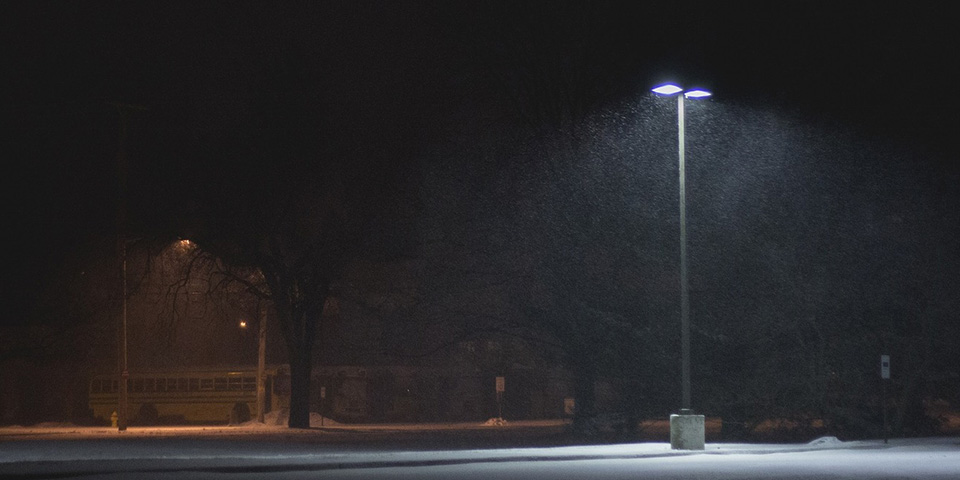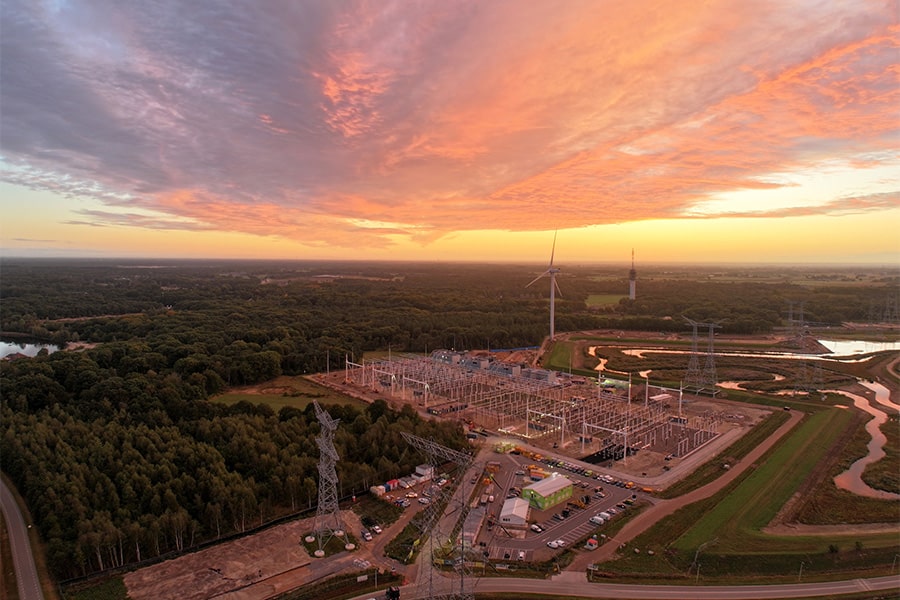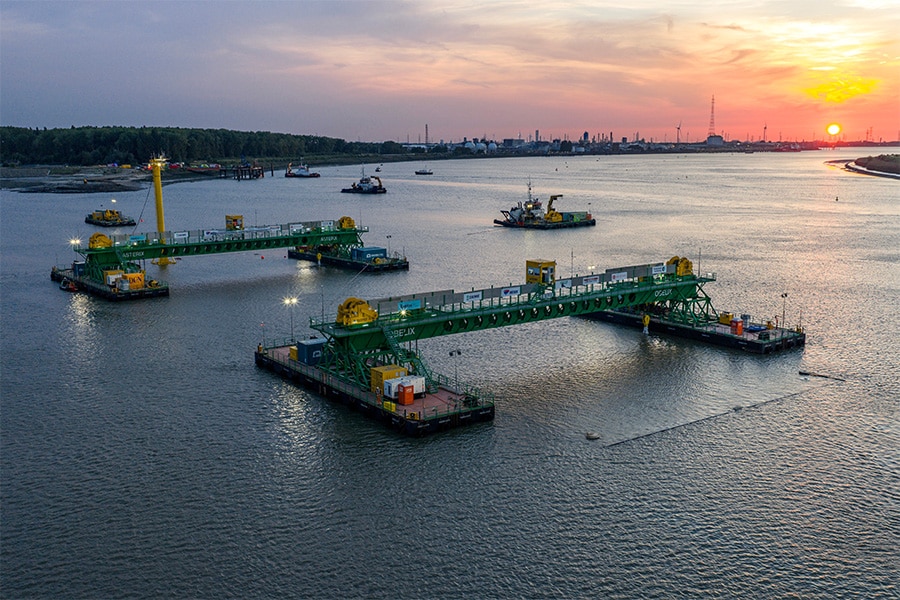
Lamp posts give expensive light
What does street lighting cost in electricity? And why are not all lampposts equipped with energy-efficient LED bulbs, despite a municipality so keen to be sustainable?
A larger city in the Netherlands with about 150,000 inhabitants has an average of about 35,000 lampposts. Each lamppost costs an average of about 17 euros per year. Five euros of that is electricity consumption, twelve euros fixed costs. Gradually, the current street lights are being replaced by energy-efficient LED bulbs. These are also much cheaper to maintain. It is expected that in 15 years all lanterns will be converted to LED lighting.
From SON to led lamp
Conventional street lights have a high-pressure sodium lamp also called a SON lamp. LED lighting provides higher light output, is durable and brings down maintenance costs. Sodium lamps and SON lamps are quick and easy to replace due to current technology. Led lamps fit into the existing fittings of the fixtures. The service life is 50,000 hours. Because of this long service life, three times less replacement is required. There are two forms of maintenance for lighting and lamps, namely; remplace and incidental maintenance. The latter maintenance concerns electronics parts replacement and other repairs. Remplace is preventive maintenance through group replacement of light sources.
Savings or austerity?
For an average city, residential streets in neighborhoods generally have weaker lighting (24 watts). Main streets in neighborhoods have streetlights with 36 watt bulbs. Main roads are lit with lamps with 70 to 150 watts because of traffic safety. Downtowns also tend to have higher light output because of ambience and social safety. Assuming that an LED bulb saves 40 percent power consumption, that's a savings of two euros per lamp post per year. The fixed costs remain almost the same. So this results in a savings of €70,000 per year in electricity.
Despite the fact that LED lighting is cheaper in maintenance and energy, conversion is done gradually because replacing fixtures costs a lot of money. The replacement costs far outweigh the benefit of savings. A calculation: municipalities expect the replacement cost to be €200 per lamppost. At a savings of 2%, that's a return of 1 percent. Lower energy costs for public space means an investment of €7 million.
So wanting to be sustainable costs money. It also doesn't help that municipalities buy electricity relatively cheaply, far below the consumer price. The only thing municipalities can do is buy green energy.



